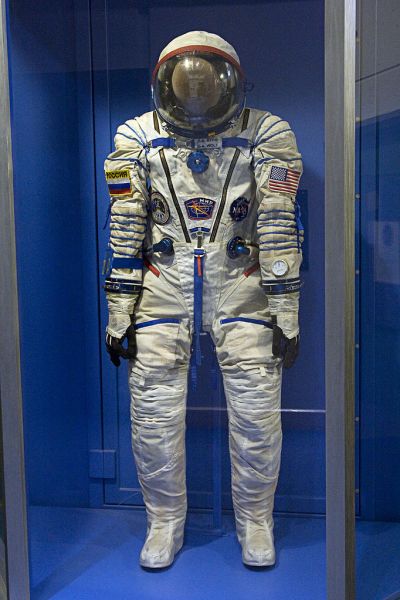Smart spacesuit for extreme exploration

Spacesuit
By own work (Own work) [GFDL (http://www.gnu.org/copyleft/fdl.html) or CC BY 3.0 (http://creativecommons.org/licenses/by/3.0)], via Wikimedia Commons
Future explorers on the Moon and Mars could be outfitted in a new type of astronaut's suit, a 'smartsuit' that will mitigate the pernicious effects of weightlessness and motor inactivity.
On Earth, gravity is a force our bodies have to work against, which keeps our cells, bones and muscles strong. Over a long-term space flight, human bodies undergo dramatic changes. As there is no need to walk, stand or lift in microgravity, their muscles atrophy. Furthermore, the cardiovascular system doesn't work as hard, resulting in fluids such as blood moving up from the lower body to the trunk. The heart rate increases and blood pressure rises.
Within the EU-funded 'Smart technology for artificial muscle applications in space' (STAMAS) project, research is underway on a new type of astronaut's suit designed to apply pressure to the entire body. Wearable technologies will be embedded into the suit to monitor and help maintain the astronaut's health and physical fitness during a space mission. The research is multi-pronged and intended to explore improvements to current spacesuit designs and to generate new ideas.
Specifically, STAMAS researchers are looking into cutting-edge materials such as shape memory alloys and electro-active polymers to turn their smart suit vision into working prototypes suitable for human space explorers. Electro-active polymers change size and shape when simulated by the right external electrical activation, enable movement and generate force. Shape memory alloys that 'remember' their original shape are also being explored as candidate materials that may replicate natural muscles.
So far, discussions between the medical experts and the technical team have concluded with a detailed description of on-board space requirements. To effectively adapt the current electromechanical actuator technology, new concepts of artificial muscles for biofeedback astronaut suits have been tested on the International Space Station (ISS) and in space.
In this line of research, two demonstrators will be developed: one to address physiological degradation of legs due to the effect of microgravity, and another for the hands' fatigue during extra-vehicular activities. The validated devices will have a strong impact on the space industry and could also find valuable terrestrial applications in rehabilitation.
published: 2015-05-08

